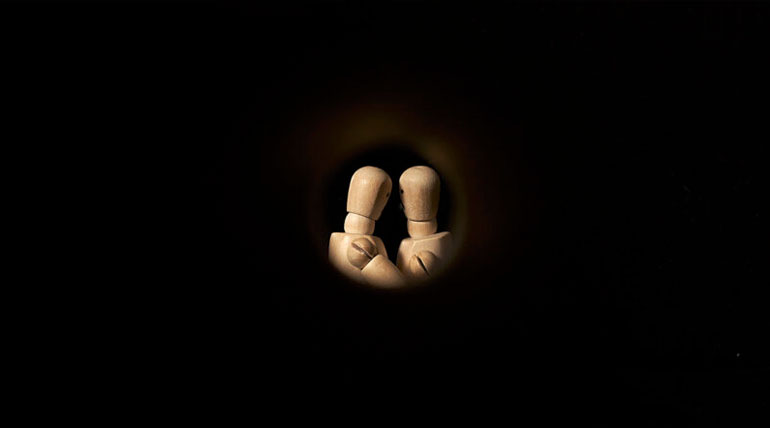
Creating healthy attachments in your relationship
During my professional practice as a therapist, I got to see how some people may misunderstand the concept of attachment and dependency.
From my point of view, it is important to know that attachment is an emotional, healthy and positive bond that is formed over time between people. It is important since the development of a loving or affective relationship depends on it, as well as one’s self-esteem development.
For example, the relationship between parents and children and with other people in a close social circle can define the person we become, how comfortable or not we feel with ourselves and in distinct situations and, therefore, whether we form secure attachments or unhealthy dependency.
Sometimes there can be insecure attachment which can negatively influence a person and the relationships they form, for example developing a dynamic of emotional dependence in a relationship, which is often damaging to one or more people.
Attachment & Relationships
Connections are necessary to humans as social beings. Attachments help to maintain proximity; people with secure attachments tend to feel safe, stable, and more satisfied in their relationships.
We can identify four attachment styles, which reflect differently in adult relationships:
- Secure attachment
Some of the characteristics of these attachments are positive thoughts of both self and others. This type of person is often comfortable with intimacy, can feel vulnerable, and are open to learning from their partners.
- Ambivalent attachment
In this kind of relationship, there are negative thoughts of self and positive thoughts of others. Commonly, the person experiences feelings of low self-esteem and seeks an excess of intimacy. Behaviours of blaming and control are frequent, as well as fear of abandonment and constant need of approval.
- Avoidant attachment
People tend to have positive thoughts of themselves and negative thoughts about others. Discomfort in intimacy, problems with showing affection or emotions, or acting distant are some traits of this type of attachment.
- Disorganised attachment
Very low self-esteem. Negative thoughts of others and themselves. Fear of intimacy but dependence. Ruminating thoughts, feeling hopeless and expecting the worst are some common behaviours.
So, how can we create healthy and strong attachments with the people we love?
The starting point is to realise that self-love comes first, and therefore the most important relationship to work on is with ourselves. Building our self-esteem is a way to create a system where we establish clear boundaries and we prioritise our wellbeing.
Getting rid of toxic relationships is also a way to focus on genuine love. It is necessary to work on healing from past unpleasant experiences to avoid going through the same patterns.
Improve your communication and make an effort on expressing your feelings. One way to demonstrate affection is through actions of kindness, and another is by verbalising how important that person is to us and what we appreciate about them; giving praise.
Letting go of an emotional attachment
If you want to read some of my recommendations when working on self-love, have a look at my previous blog post: Self-love, ways to practice it.
Remember, you can always ask for help. Recognising your learned attachment styles and how they have influenced you can help with any changes you’d like to make in the future, focusing on the relationships you would like to have and attract. If you feel therapy could be helpful to you and/or your relationship, feel free to contact me.